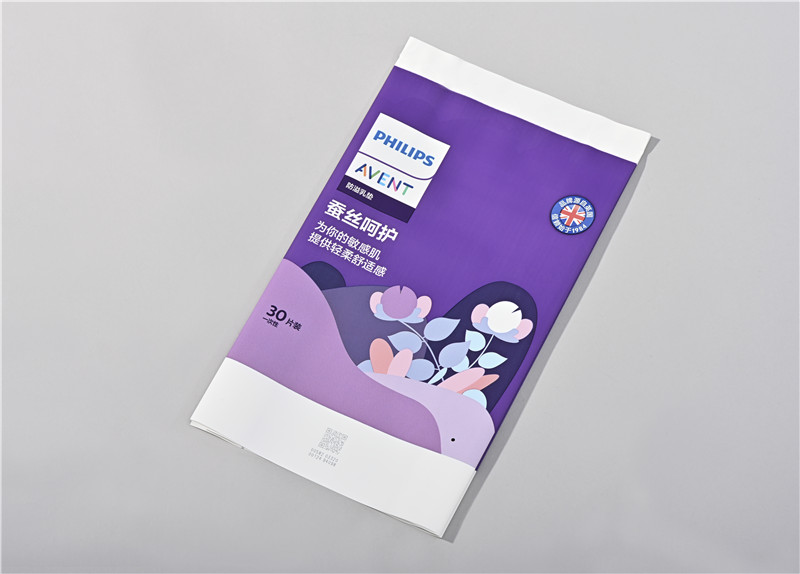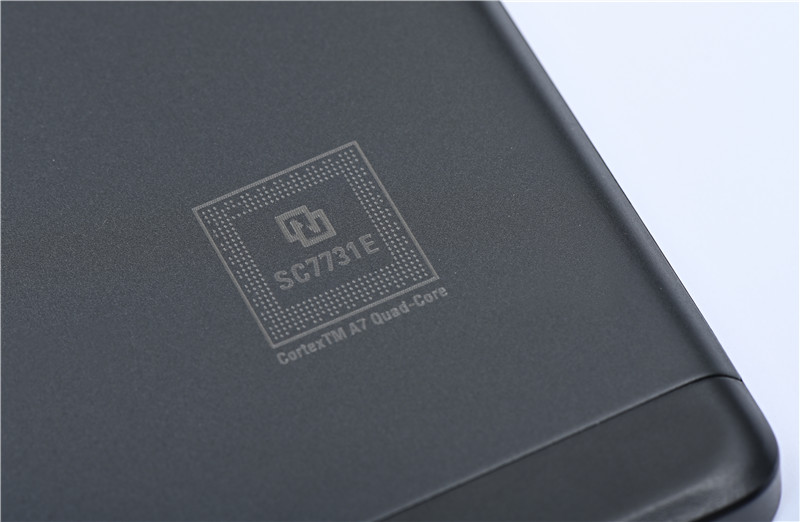플라스틱은 uv 레이저 절단, 조각 및 마킹으로 처리됩니다.
Jan 31 , 2023Plastics are malleable organic materials that can be extruded to form sheets or molded to form more complex shapes. Plastics come in many varieties, from commodity plastics like acrylic and ABS, to engineered plastics like polycarbonate and acetyl. Commodity plastics are inexpensive and have a broad range of applications, while engineering plastics are developed to meet certain performance requirements like high strength or high service temperature. Nearly all plastics can be processed by laser cutting, engraving, and marking. Visit our Materials Suppliers List for plastic vendors.

Types of Plastic
ABS Plastic
Acetals
Delrin®
POM Plastic
Acrylic
Cast Acrylic
Extruded Acrylic
Lucite®
Mirrored Acrylic
Plexiglas®
Fluoropolymers
ECTFE
Halar®
FEP
PCTFE
Kel-F®
PTFE
Teflon®
Microsurface Plastic Materials
Nylon
PEEK
PEI
Duratron®
Ultem®
PLA
Polycarbonate
Lexan®
Makrolon®
Polyesters
Dura-Lar® Film
Ertalyte®
Metalized PET
Mylar® Film
PET Film
PET-G
Polyethylenes
HDPE
LDPE
LLPE
MDPE
UHMW
Polyimides
Cirlex®
Kapton®
Kolon Colorless Polyimide (CPI™)
Polypropylene
Formex®
Statex®
Polystyrene
Polyurethane
PPO
Noryl®
Rowmark® Plastics
VCF Films
Vulcanized Fiber
ultraviolet laser diode engraving Hard-Shell Phone Case for iPhone

Types of Laser Processes
Lasers are playing an ever expanding role in material processing, from new product development to high volume manufacturing. For all laser processes, the energy of a laser beam interacts with a material to transform it in some way. Each transformation (or laser process) is controlled by precisely regulating the wavelength, power, duty cycle and repetition rate of the laser beam. These laser processes include the following:
Laser Annealing
Laser Cutting
Laser Drilling
Laser Engraving
Laser Etching
Laser Machining
Laser Marking
Laser Micromachining
Laser Perforating
Laser Photo Engraving
Laser Photo Marking
Laser Scoring
Laser Sintering
Laser Surface Modification
Selective Laser Ablation
All materials have unique characteristics that dictate how the laser beam interacts and consequently modifies the material. This is true whether one uses the laser system as a "laser cutter", "laser engraver", or "laser marker". The most common processes for plastics are the following:
uv Laser Cutting of Plastics
The energy of a water cooled uv laser beam is easily absorbed by most plastics, causing the material directly in the path of the laser beam to rapidly heat up and vaporize. If the laser power is sufficiently high, the laser beam will cut completely through the material. Most plastics vaporize quickly when cut with a laser, resulting in smooth and straight edges with minimal heat affected zone.
uv Laser Engraving of Plastics
수냉식 uv 레이저 빔의 출력은 지정된 깊이까지 재료를 제거(조각)하도록 제한될 수 있습니다. 레이저 조각 공정을 사용하여 플라스틱 표면에 복잡한 패턴과 디자인을 만들 수 있습니다.
특정 플라스틱은 파이버 레이저 빔에 노출되면 색상이나 색조가 변합니다. 재료가 제거되지 않은 상태에서 표면 모양이 변경되면 이 프로세스를 레이저 마킹이라고 합니다. 레이저 마킹을 사용하여 일련 번호나 제조업체 로고와 같은 정보를 전달할 수 있습니다.
결합된 프로세스
위에서 설명한 레이저 절단, 제판 및 마킹 공정은 플라스틱 재료를 이동하거나 다시 고정할 필요 없이 결합할 수 있습니다.
https://www.rfhtech.com/expert-iii-355-ultra-stable-nanosecond-uv-laser-10w12w15w_p13.html
